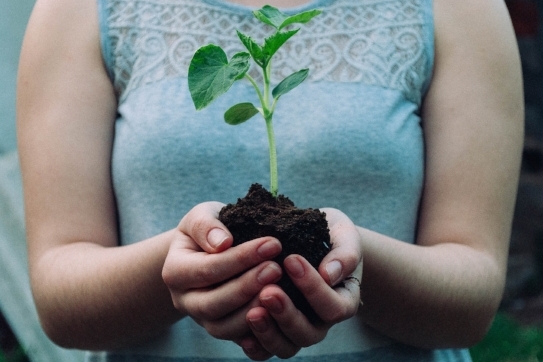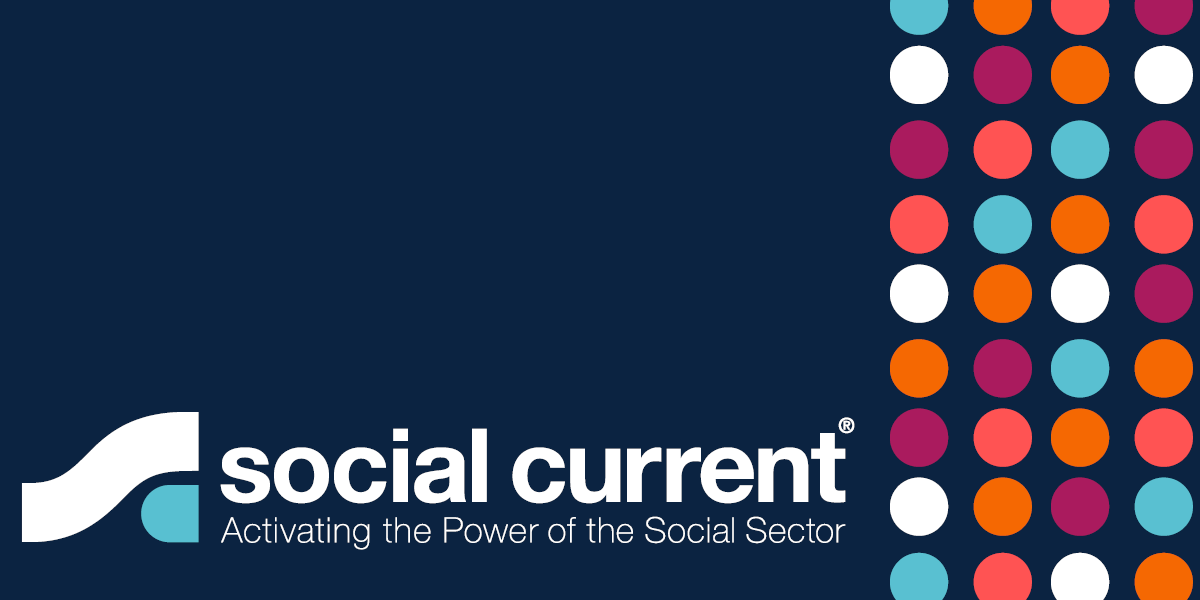Child, Family, and Community Well-Being
The Intersection of People and Place: Social Work and Environmental Justice
As we reflect on Earth Day and our role in advancing equity and sustainability, the wisdom found in Robin Wall Kimmerer’s Braiding Sweetgrass: Indigenous Wisdom, Scientific Knowledge, and the Teachings of Plants offers a grounding perspective. Kimmerer, a Potawatomi botanist and professor, blends Indigenous teachings with scientific knowledge to call for a more reciprocal relationship with the natural world, one rooted in gratitude, humility, and care. These teachings remind us that addressing environmental harm is not just a technical or economic issue, but a deeply moral one. As stewards of human and community well-being, those of us in the social sector are called to confront the extractive systems that prioritize profit and consumption over people and planet. Recognizing these patterns is the first step in shifting toward a future grounded in justice, sustainability, and interdependence.
Environmental Injustice and Social Determinants of Health
Environmental injustice refers to the disproportionate exposure of marginalized communities to environmental hazards and the unequal distribution of environmental benefits. The environmental justice movement gained national attention in 1982 in Warren County, North Carolina, when a predominantly African American community protested the disposal of toxic PCB-contaminated soil in their area. The protest brought attention to the systemic placement of hazardous waste sites in minority and low-income neighborhoods, leading to broader recognition of environmental racism.
Social determinants of health (SDOH) are the non-medical factors influencing health outcomes, encompassing the conditions in which individuals are born, grow, live, work, and age. These determinants include economic stability, access to quality education and health care, neighborhood and built environment, and social and community context. Addressing the SDOH is crucial for promoting health equity, as they significantly impact quality-of-life and health outcomes.
The intersection of environmental injustice and SDOH is clear—communities facing environmental hazards often experience adverse social determinants, compounding health disparities and deepening systemic inequities.
Environmental Justice in Social Work Practice
A recent study across three states revealed that social workers frequently encounter environmental injustice in their work. Nearly 75% of participants reported working with clients facing poor food access, almost 60% addressed issues related to extreme cold, and 44% supported individuals with inadequate access to green space. Other concerns, such as air pollution and water contamination, were also reported, though less frequently. Despite recognizing these environmental challenges, many social workers felt unprepared to address them effectively. These findings underscore the urgent need to integrate environmental justice into social work education and practice, ensuring that professionals are equipped to advocate for policies and interventions that promote health and equity for all communities.
The emergence of green social work is reshaping the conversation around the intersection of social issues and environmental sustainability. This evolving branch of social work directly addresses the declining stability of our environment and its far-reaching impacts on human well-being. This framework encourages social workers to examine not only the “person-in-environment,” but the “environment-in-person.” By doing so, it emphasizes the need for a holistic approach to both social and environmental justice, urging professionals to understand the reciprocal relationship between communities and the natural world.
However, as communities adopt green initiatives—such as expanding green spaces, improving walkability, and implementing sustainability projects—social workers must also be vigilant about the risk of green gentrification. Research has shown that environmental improvements can inadvertently lead to displacement as property values rise, often pushing out longtime residents and further entrenching social inequities. To prevent this, social workers must advocate for policies that ensure equitable access to environmental benefits while protecting vulnerable populations from displacement.
With the increasing frequency of climate-related disasters and environmental degradation, integrating green social work into practice is crucial for fostering resilience and ensuring a more just and sustainable future. As environmental issues continue to intersect with social determinants of health, social workers must be prepared to advocate for and implement solutions that protect both the environment and the communities most affected by its decline. Incorporating environmental justice into social work not only addresses immediate needs but also promotes long-term sustainability for future generations, creating a more equitable foundation for all.
Next Steps for a More Sustainable Future
Moving toward a more sustainable and equitable society requires confronting the systems that prioritize consumption and profit over community and ecological well-being. As social workers, it is essential to lead the charge in advocating for systemic change—addressing the deeply embedded structures of inequality that perpetuate environmental harm. This includes pushing for policies that prioritize the health and well-being of marginalized communities, such as stronger regulations on toxic waste sites, better access to clean water, and the expansion of green spaces in underserved areas. Additionally, social workers can advocate for community-based solutions that promote resilience, sustainability, and self-determination, helping communities build capacity to address both environmental and social challenges.
On an individual level, we should also examine our own behaviors and the ways we contribute to systems of overconsumption. Social workers can model and promote sustainable practices in their daily lives, from reducing waste to supporting local, sustainable businesses. By integrating these values into our practice, education, and advocacy, we can begin to shift societal norms toward a future that values environmental health and equity. In doing so, we can help create a world where the destructive forces of greed and scarcity are replaced with a culture of stewardship, justice, and collective well-being.
To learn more about Social Current’s work in Child, Family, and Community Well-Being, visit our impact area page.



